#CALIFORNIA
Photo

Customer: YOU FOOL
DMV: CONFRONTATIONAL
Verdict: DENIED
#California license plate with text YOU FOOL#bot#ca-dmv-bot#california#dmv#funny#government#lol#public records
6K notes
·
View notes
Text

A Chevrolet Fleetmaster aka the "Woodie Wagon" squeezes through the Tunnel Tree.
Sequoia National Park
1949
#vintage camping#campfire light#california#sequoia national park#road trips#camping#hiking#history#travel#1940s
1K notes
·
View notes
Text
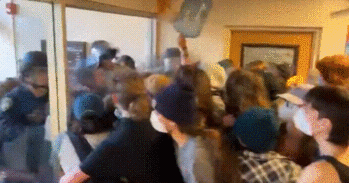
April 22, 2024 - Student protesters for Palestine defend their occupation of the Siemens hall building at Cal Poly Humboldt from riot police sent in by university administrators.
According to the @humboldtforpalestine Instagram account, which posted a statement at around 7 p.m., protesters are demanding that the university “disclose all holdings and collaborations with the zionist entity,” an academic boycott of Israeli universities, proactive pardons for the protesters and, finally, an immediate ceasefire and end to the occupation of Palestine. [video]
#cal poly humboldt#university#occupation#student protest#free palestine#palestine#resistance#riot police#police#BDS#california#usa#2024#acab#bonk#solidarity
526 notes
·
View notes
Text


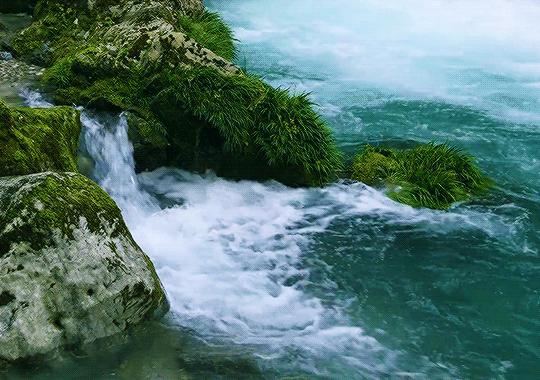
Akışına bırakmalı bazen. nasılsa hiçbir şey düşlendiği gibi gerçekleşmiyor artık..
Let everything flow..
#photography#yörüngede#artists on tumblr#cottagecore#my photography#landscape#aesthetic#popular#flowers#travel#photographers on tumblr#nature#sunset#summer#meadow#art#original photographers#floral#wildflowers#pastel#evening#naturecore#wind#grass#california#gif#cinemagraph#plants#leah berman#curators on tumblr
319 notes
·
View notes
Photo

First, Second and Third most spoken language in California by county
by mexidominicarican8
152 notes
·
View notes
Text
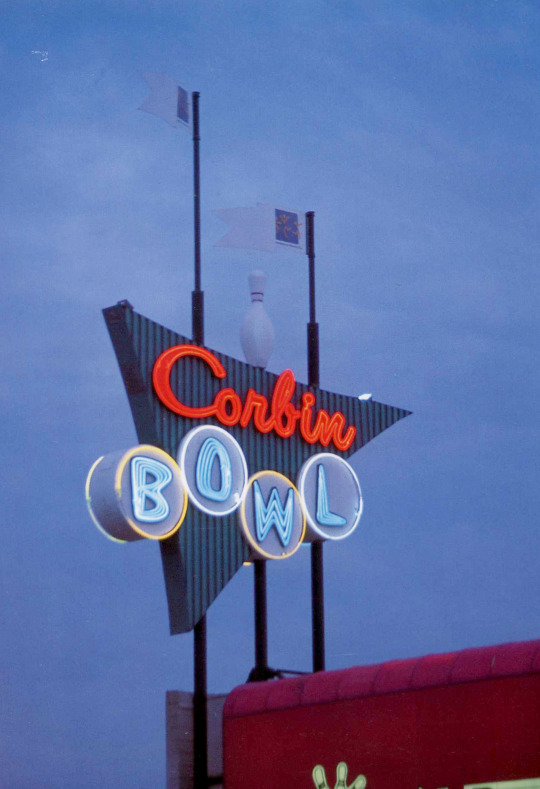
Corbin Bowl, Sign, Los Angeles, California, 1958
85 notes
·
View notes
Text

Oakland, California
#Oakland#California#free gaza#palestine genocide#i stand with palestine#free palestine#gazaunderattack#gaza genocide#gaza strip#gaza#israel#israel is committing genocide#israel palestine conflict#usa news#usa politics#joe biden#israel is a terrorist state#politics#aaron bushnell
43K notes
·
View notes
Text

#petfinder#catfinder#cat#kitten#kitty#food mention#car seat french fry#orange tabby#ca#california#1k#5k#10k
18K notes
·
View notes
Text

as the wind blows; antelope valley, california
instagram - twitter - website
#photographers on tumblr#artists on tumblr#landscape#nature#flowers#sunset#summer#meadow#art#original photographers#floral#wildflowers#aesthetic#pastel#evening#naturecore#wind#grass#california#gif#cinemagraph#plants#leah berman#photography
17K notes
·
View notes
Text
Y’all in the American SW and west Mexico better check the national hurricane center and your weather for this weekend and next week.
Hurricane Hilary is about to make landfall and that whole desert area is supposed to get a years worth of rain or more. Death Valley is supposed to get twice the annual rainfall. Severe winds, massive flooding, and landslides are all strong possibilities.
This is gonna get ugly. Please spread the word. This is a majorly anomalous event and people may be unaware of the threat headed their way.
EDIT AUGUST 19th
Hilary will hit the Baja peninsula this evening at a category 2. It will arrive in southern California as a tropical storm on Sunday evening before weakening and moving into Nevada as a tropical depression.
THAT SAID: for the Americans here, even if the storm is “weak”, I want to emphasize that the main danger is rain. We are most concerned about flooding. If you are in an area at risk for flooding, take appropriate precautions as per your city or state officials’ or the noaa’s directions. Even if you end up only being mildly inconvenienced, it is better to be prepared. Go to a friend or relatives house if you live near a body of water or a very low-lying area. Make sure you have water bottles and nonperishable foods. Keep your pets indoors. Don’t wade or drive into puddles.
Anyways, here’s some maps from the NHC
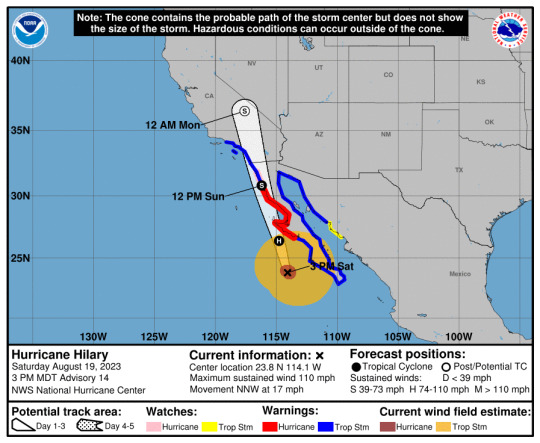

And here’s a link with information in Spanish.
AUGUST 20 FINAL UPDATE
Updated info from the NHC website.
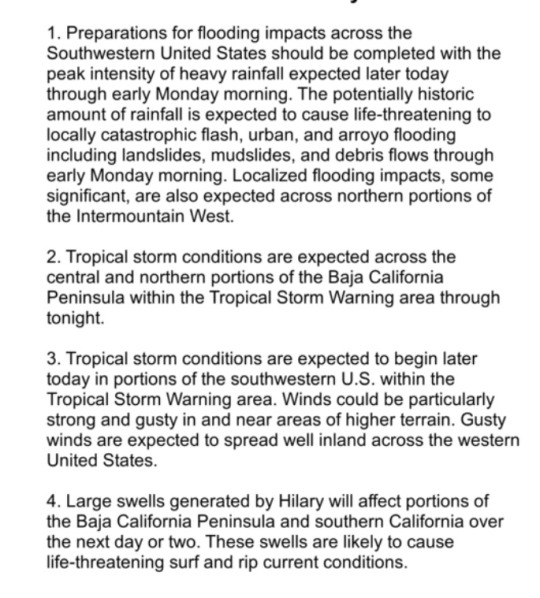

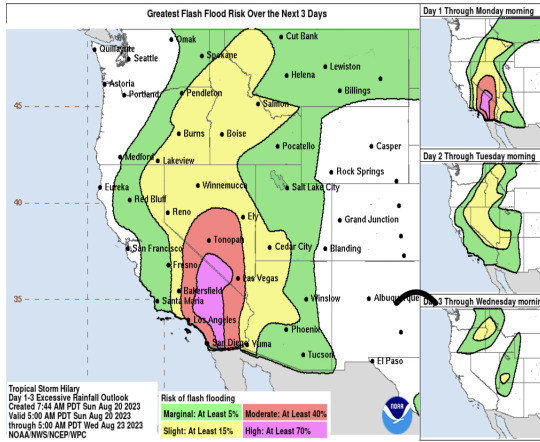
Newsom also issued a state of emergency for parts of Southern California. Widespread flooding is expected.
Good luck y’all
#hurricane#hurricane hilary#severe weather#severe storm#storms#weather#climate change#california#Mexico#Arizona#nevada#Utah
32K notes
·
View notes
Text
As relentless rains pounded LA, the city’s “sponge” infrastructure helped gather 8.6 billion gallons of water—enough to sustain over 100,000 households for a year.
Earlier this month, the future fell on Los Angeles. A long band of moisture in the sky, known as an atmospheric river, dumped 9 inches of rain on the city over three days—over half of what the city typically gets in a year. It’s the kind of extreme rainfall that’ll get ever more extreme as the planet warms.
The city’s water managers, though, were ready and waiting. Like other urban areas around the world, in recent years LA has been transforming into a “sponge city,” replacing impermeable surfaces, like concrete, with permeable ones, like dirt and plants. It has also built out “spreading grounds,” where water accumulates and soaks into the earth.
With traditional dams and all that newfangled spongy infrastructure, between February 4 and 7 the metropolis captured 8.6 billion gallons of stormwater, enough to provide water to 106,000 households for a year. For the rainy season in total, LA has accumulated 14.7 billion gallons.
Long reliant on snowmelt and river water piped in from afar, LA is on a quest to produce as much water as it can locally. “There's going to be a lot more rain and a lot less snow, which is going to alter the way we capture snowmelt and the aqueduct water,” says Art Castro, manager of watershed management at the Los Angeles Department of Water and Power. “Dams and spreading grounds are the workhorses of local stormwater capture for either flood protection or water supply.”
Centuries of urban-planning dogma dictates using gutters, sewers, and other infrastructure to funnel rainwater out of a metropolis as quickly as possible to prevent flooding. Given the increasingly catastrophic urban flooding seen around the world, though, that clearly isn’t working anymore, so now planners are finding clever ways to capture stormwater, treating it as an asset instead of a liability. “The problem of urban hydrology is caused by a thousand small cuts,” says Michael Kiparsky, director of the Wheeler Water Institute at UC Berkeley. “No one driveway or roof in and of itself causes massive alteration of the hydrologic cycle. But combine millions of them in one area and it does. Maybe we can solve that problem with a thousand Band-Aids.”
Or in this case, sponges. The trick to making a city more absorbent is to add more gardens and other green spaces that allow water to percolate into underlying aquifers—porous subterranean materials that can hold water—which a city can then draw from in times of need. Engineers are also greening up medians and roadside areas to soak up the water that’d normally rush off streets, into sewers, and eventually out to sea...
To exploit all that free water falling from the sky, the LADWP has carved out big patches of brown in the concrete jungle. Stormwater is piped into these spreading grounds and accumulates in dirt basins. That allows it to slowly soak into the underlying aquifer, which acts as a sort of natural underground tank that can hold 28 billion gallons of water.
During a storm, the city is also gathering water in dams, some of which it diverts into the spreading grounds. “After the storm comes by, and it's a bright sunny day, you’ll still see water being released into a channel and diverted into the spreading grounds,” says Castro. That way, water moves from a reservoir where it’s exposed to sunlight and evaporation, into an aquifer where it’s banked safely underground.
On a smaller scale, LADWP has been experimenting with turning parks into mini spreading grounds, diverting stormwater there to soak into subterranean cisterns or chambers. It’s also deploying green spaces along roadways, which have the additional benefit of mitigating flooding in a neighborhood: The less concrete and the more dirt and plants, the more the built environment can soak up stormwater like the actual environment naturally does.
As an added benefit, deploying more of these green spaces, along with urban gardens, improves the mental health of residents. Plants here also “sweat,” cooling the area and beating back the urban heat island effect—the tendency for concrete to absorb solar energy and slowly release it at night. By reducing summer temperatures, you improve the physical health of residents. “The more trees, the more shade, the less heat island effect,” says Castro. “Sometimes when it’s 90 degrees in the middle of summer, it could get up to 110 underneath a bus stop.”
LA’s far from alone in going spongy. Pittsburgh is also deploying more rain gardens, and where they absolutely must have a hard surface—sidewalks, parking lots, etc.—they’re using special concrete bricks that allow water to seep through. And a growing number of municipalities are scrutinizing properties and charging owners fees if they have excessive impermeable surfaces like pavement, thus incentivizing the switch to permeable surfaces like plots of native plants or urban gardens for producing more food locally.
So the old way of stormwater management isn’t just increasingly dangerous and ineffective as the planet warms and storms get more intense—it stands in the way of a more beautiful, less sweltering, more sustainable urban landscape. LA, of all places, is showing the world there’s a better way.
-via Wired, February 19, 2024
#california#los angeles#water#rainfall#extreme weather#rain#atmospheric science#meteorology#infrastructure#green infrastructure#climate change#climate action#climate resilient#climate emergency#urban#urban landscape#flooding#flood warning#natural disasters#environmental news#climate news#good news#hope#solarpunk#hopepunk#ecopunk#sustainability#urban planning#city planning#urbanism
13K notes
·
View notes
Photo

Customer: ZUGZUGZ IS THE NAME I GO BY ON MOST GAMES IVE PLAYED FOR THE PAST FIFTEEN YEARS.
DMV: zugzug=sex from the old movie Caveman
Verdict: ACCEPTED
#California license plate with text ZUGZUGZ#bot#ca-dmv-bot#california#dmv#funny#government#lol#public records
1K notes
·
View notes
Text

A tourist drives through the famous Tunnel Log in Sequoia National Park.
California
1960
#vintage camping#campfire light#california#road trips#camping#history#travel#sequoia national park#hiking#outdoors#1960s
315 notes
·
View notes
Text
HEY CALIFORNIA PEOPLE!
HURRICANE ADVICE FROM A FLORIDIAN!
Make sure you've got shelf-stable food and water for everyone in the house, including pets. The rule of thumb is a gallon per person per day. Freeze water bottles if you want cold water.
Make sure you have enough meds!
Make sure you have batteries, candles, flashlights, and a manual can opener.
Make sure your electronics, including backup batteries, are charged. Unplug things you don't want fried in case of a power surge.
Don't tape your windows, it doesn't help and you'll just be stuck scrubbing goo off of them later.
Put a mug of frozen water in it in your freezer with a quarter on top of it. If your freezer defrosts, the ice will melt and the quarter will sink and tell you you need to throw things out.
Get everything that's not nailed to a foundation out of your yard. That dead branch hanging on by a thread? Time to get it down (it was probably time to do that three days ago, but now’s better than never).
Park away from powerlines and trees if you can. Rain makes the ground soft and then trees fall over.
Have an evacuation plan to a shelter. Evacuate if they’re telling you to.
If you start to flood, don't go in your attic. You'll get trapped if the water rises too high and you can't hack through your roof. This happened to a lot of people in Texas and Louisiana. Get ON the roof.
Be safe, be well <3
19K notes
·
View notes
Text



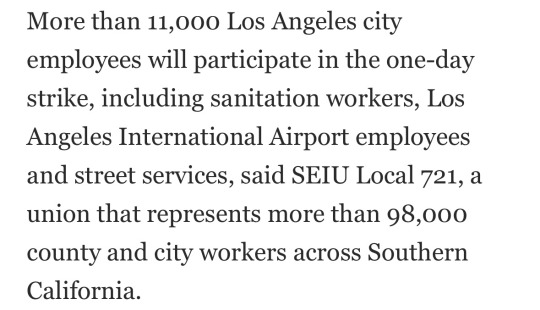
Source
Let’s go
#unions#unionize#labor#workers#workers rights#solidarity#capitalism#California#government#the left#progressive#current events#news
19K notes
·
View notes
Text



Yosemite comes to life at sunrise
#yosemite#half dome#el capitan#yosemite valley#sierra Nevadas#aimeekb#sunrise#lesbians who hike#me and my boots against the world#nature#forest#adventure#hiking#travel#mountains#california#explore#landscape#water reflection
12K notes
·
View notes